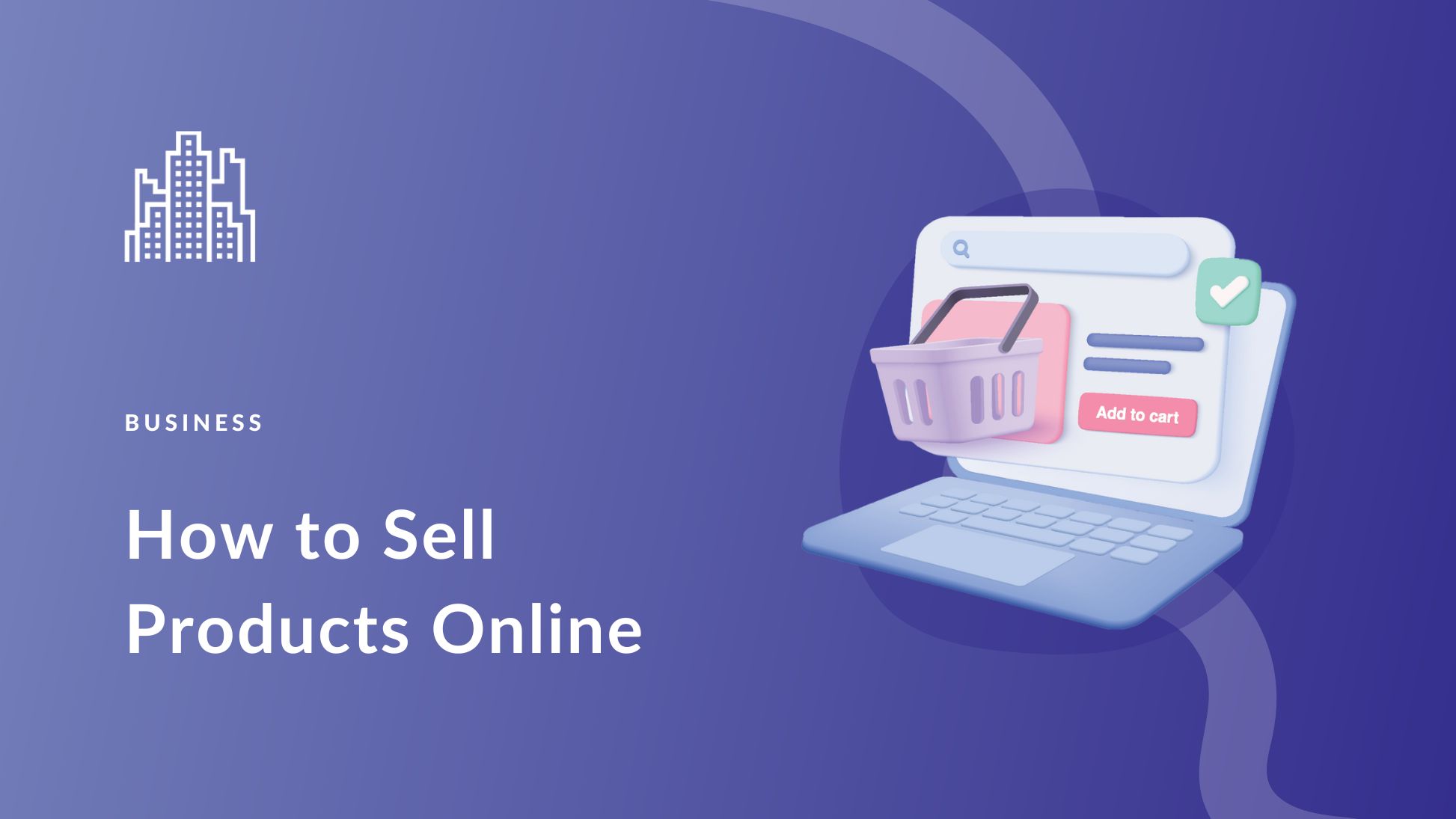Decluttering Your Closet: Where to Start
Decluttering your closet is the first step in giving your old clothes a new life. It’s essential to start with a clear goal in mind, whether it’s to free up space, reduce waste, or make some extra cash. Begin by taking everything out of your closet and sorting items into three piles: keep, donate/sell, and discard. Be ruthless – if you haven’t worn something in a year, it’s probably safe to get rid of it.
As you sort through your clothes, consider the condition and quality of each item. If it’s still in good condition but no longer fits or suits your style, consider selling it or donating it to someone who might appreciate it. You can also use this opportunity to identify items that need repair or alteration, and set them aside for later.
When deciding what to sell, consider the demand for certain items and the prices similar items are fetching online. You can use online marketplaces like eBay, Poshmark, or ThredUp to research prices and get an idea of what your items might be worth. This will help you determine which items to prioritize and how to price them competitively.
Remember, decluttering your closet is not just about getting rid of old clothes – it’s also about creating a more organized and functional space that makes your life easier. By starting with a clear goal and a thoughtful sorting process, you’ll be well on your way to giving your old clothes a new life and making some extra cash in the process.
Preparing Your Items for Sale: Tips and Tricks
Once you’ve decluttered your closet and identified the items you want to sell, it’s time to prepare them for sale. This step is crucial in making a good impression on potential buyers and increasing the chances of selling your items quickly. Start by cleaning and ironing each item to make it look its best. Remove any stains, wrinkles, or odors that may deter buyers.
Next, take high-quality photos of each item from different angles. This will help buyers see the item in detail and get a sense of its condition. Consider using a tripod or a photo studio to ensure your photos are well-lit and in focus. You can also use photo editing software to enhance the images and make them more visually appealing.
When writing descriptions for your items, be accurate and detailed. Include information about the item’s condition, size, material, and any flaws it may have. This will help build trust with potential buyers and reduce the risk of returns or disputes. Make sure to include measurements and sizing information to ensure a good fit.
Finally, consider the packaging and shipping of your items. Use sturdy boxes and packing materials to protect your items during transit. Clearly label each package with the buyer’s address and any relevant handling instructions. This will help ensure a smooth transaction and a positive experience for both you and the buyer.
Choosing the Right Sales Platform: Online Marketplaces and Consignment Shops
When it comes to selling your old clothes, choosing the right sales platform is crucial. With so many options available, it can be overwhelming to decide which one to use. In this section, we’ll compare and contrast different sales platforms, including online marketplaces and consignment shops.
Online marketplaces like eBay, Poshmark, and Depop are popular choices for selling old clothes. These platforms offer a wide reach and a large customer base, making it easier to sell your items quickly. However, they also charge fees and commissions, which can eat into your profits. For example, eBay charges a flat fee of $0.30 per listing, plus a final value fee of 8% to 12.5% of the sale price.
Consignment shops, on the other hand, offer a more personalized approach to selling your old clothes. These shops will take your items on consignment and sell them on your behalf, taking a commission on the sale price. Consignment shops often cater to a specific niche or demographic, making it easier to target the right audience for your items. However, they may also have stricter guidelines and requirements for the types of items they accept.
Other options for selling your old clothes include Facebook Marketplace, Craigslist, and local online selling groups. These platforms offer a more casual and low-key approach to selling, but may also require more effort and time to market and promote your items.
When choosing a sales platform, consider the fees, commissions, and target audience for each option. Think about the type of items you’re selling and the price point you’re aiming for. By choosing the right platform, you can maximize your earnings and sell your old clothes quickly and efficiently.
Pricing Your Items for Success: Research and Strategy
When it comes to selling your old clothes, pricing is a crucial step in the process. If you price your items too high, you may deter potential buyers. On the other hand, if you price them too low, you may not get the best value for your items. In this section, we’ll discuss how to research prices for similar items and determine fair and competitive prices for your old clothes.
Start by researching prices for similar items on online marketplaces like eBay, Poshmark, and Depop. Look at the prices of completed listings, as well as current listings, to get an idea of what buyers are willing to pay. You can also use pricing guides and tools, such as eBay’s pricing research tool, to help you determine fair prices.
Consider the condition, rarity, and demand for your items when determining prices. If your items are in excellent condition, are rare or hard to find, or are in high demand, you may be able to charge a premium price. On the other hand, if your items are worn or damaged, you may need to price them lower.
Another important factor to consider is the pricing strategy. You can use a fixed pricing strategy, where you set a fixed price for your items, or a dynamic pricing strategy, where you adjust prices based on demand. Dynamic pricing can be an effective way to maximize earnings, as it allows you to adjust prices in real-time based on buyer demand.
Finally, be prepared to negotiate prices with buyers. Some buyers may try to haggle or make low offers, so be prepared to compromise on prices. However, don’t be afraid to stand firm on your prices if you feel they are fair and competitive.
Writing Effective Listings: Attracting Buyers and Closing Sales
When it comes to selling your old clothes, writing effective listings is crucial in attracting buyers and closing sales. A well-written listing can make all the difference in getting your items noticed and sold quickly. In this section, we’ll provide tips on how to write engaging and informative listings that will attract buyers and help you sell your old clothes.
First and foremost, use keywords that buyers might use when searching for items like yours. This will help your listing show up in search results and increase its visibility. For example, if you’re selling a vintage Levi’s denim jacket, use keywords like “vintage Levi’s,” “denim jacket,” and “distressed denim” to attract buyers who are searching for similar items.
Next, highlight the condition and features of your item. Be honest and accurate in your description, and include details about the item’s material, size, and any flaws it may have. This will help build trust with potential buyers and reduce the risk of returns or disputes.
Include clear and high-quality photos of your item from different angles. This will give buyers a better sense of what they’re buying and help them make a more informed decision. Consider using lifestyle photos that show the item being worn or used, as these can help buyers visualize how they might use the item themselves.
Finally, make sure to include all relevant details about the item, such as its measurements, fabric content, and any care instructions. This will help buyers make a more informed decision and reduce the risk of returns or disputes.
By following these tips, you can write effective listings that will attract buyers and help you sell your old clothes quickly and efficiently.
Shipping and Handling: Tips for a Smooth Transaction
Once you’ve sold your old clothes, it’s essential to ensure a smooth transaction by handling shipping and handling properly. This includes packaging, labeling, and tracking your items to ensure they arrive safely at the buyer’s doorstep.
When packaging your items, use sturdy boxes and packing materials to protect them during transit. Make sure to include all necessary documentation, such as receipts and invoices, and clearly label the package with the buyer’s address and any relevant handling instructions.
Consider using a shipping carrier that offers tracking and insurance, such as USPS or UPS, to ensure your items are protected in case of loss or damage. You can also use shipping software to streamline the process and save time.
When it comes to handling returns and refunds, have a clear policy in place to ensure a smooth process. Make sure to communicate clearly with the buyer and provide a refund or exchange as needed.
Additionally, consider offering free shipping or discounted rates for bulk purchases to incentivize buyers and increase sales. You can also use shipping as a marketing opportunity by including promotional materials or business cards in the package.
By following these tips, you can ensure a smooth transaction and build trust with your buyers, which is essential for success when selling your old clothes.
Maximizing Your Earnings: Additional Tips and Strategies
To maximize your earnings when selling your old clothes, consider implementing additional strategies to attract more buyers and increase sales. One effective way to do this is to bundle items together, offering a discount for customers who purchase multiple items at once.
Another strategy is to offer discounts or promotions to incentivize buyers to make a purchase. This can be done through social media platforms, email marketing, or by offering limited-time discounts on your sales listings.
Utilizing social media to promote your sales is also a great way to increase visibility and attract more buyers. Share high-quality photos of your items, provide detailed descriptions, and engage with potential buyers by responding to comments and messages.
Consider offering free shipping or discounted rates for bulk purchases to incentivize buyers and increase sales. You can also use shipping as a marketing opportunity by including promotional materials or business cards in the package.
Additionally, consider partnering with other sellers or influencers in your niche to cross-promote each other’s items and reach a wider audience. This can be done through social media collaborations, joint sales listings, or by hosting a joint giveaway
Maximizing Your Earnings: Additional Tips and Strategies
To maximize your earnings when selling your old clothes, consider implementing additional strategies to attract more buyers and increase sales. One effective way to do this is to bundle items together, offering a discount for customers who purchase multiple items at once.
Another strategy is to offer discounts or promotions to incentivize buyers to make a purchase. This can be done through social media platforms, email marketing, or by offering limited-time discounts on your sales listings.
Utilizing social media to promote your sales is also a great way to increase visibility and attract more buyers. Share high-quality photos of your items, provide detailed descriptions, and engage with potential buyers by responding to comments and messages.
Consider offering free shipping or discounted rates for bulk purchases to incentivize buyers and increase sales. You can also use shipping as a marketing opportunity by including promotional materials or business cards in the package.
Additionally, consider partnering with other sellers or influencers in your niche to cross-promote each other’s items and reach a wider audience. This can be done through social media collaborations, joint sales listings, or by hosting a joint giveaway

:max_bytes(150000):strip_icc()/how-to-organize-your-closet-2648411-HERO-01.1-bd2dd22bb1934f798dc92202ed35dd92.jpg)




